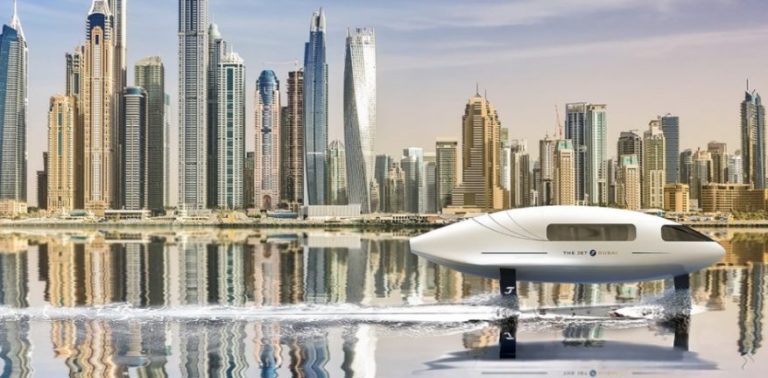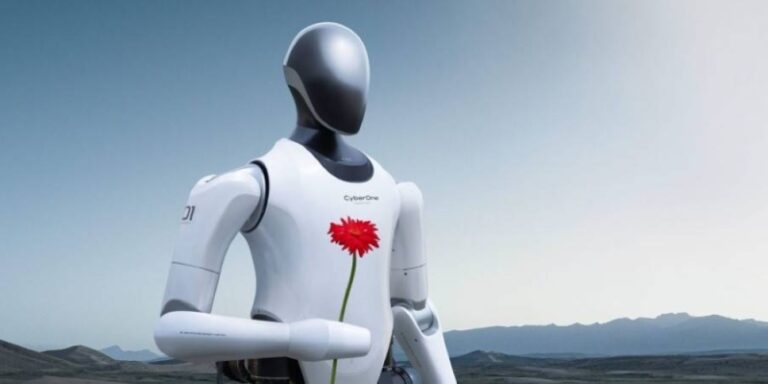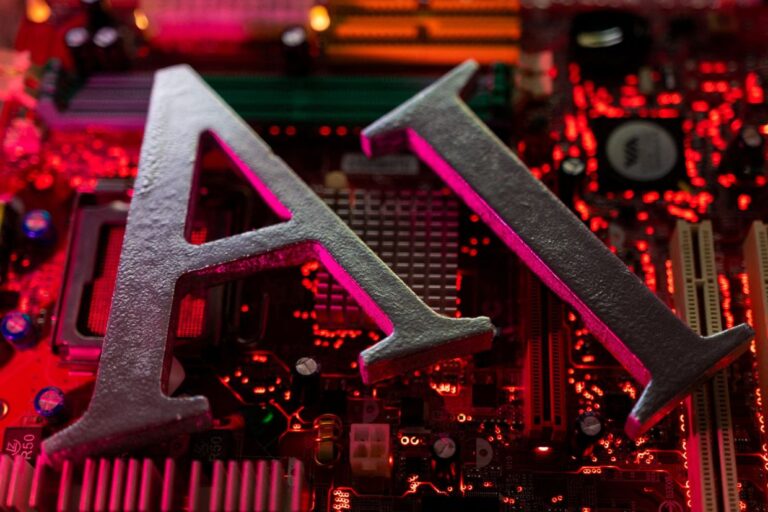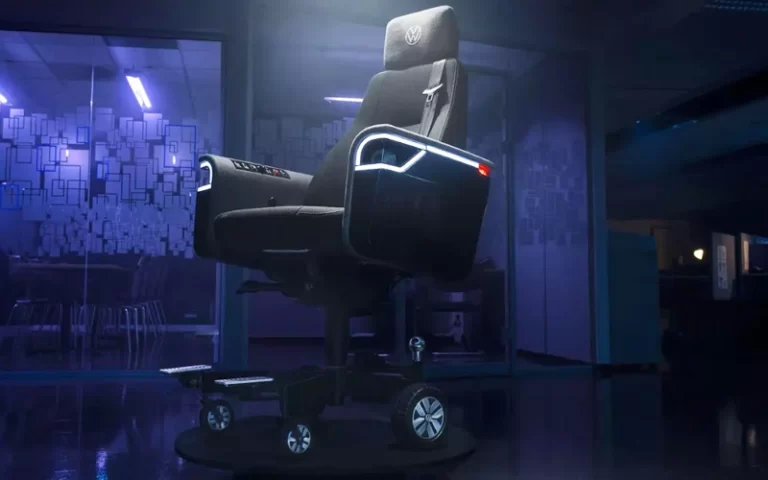100 Years of Robots: How Technology – And Our Lives – Have Changed
A version of this article was first published on the MSN.com
John Harrington – Nov 22

We live in a world where robots and robotic technology have become part of our everyday lives. While films such as “Metropolis” and television series like “The Twilight Zone” warned of a world in which our mechanical creations would enslave us, many of us could not envision a day without virtual personal assistants like Siri or the floor-cleaning robotic vacuum Roomba.
Robots today can reason, feel emotions, make restaurant recommendations, grasp objects, perform all the tasks of a human butler, and even do ballroom dancing.
It was 100 years ago that we first heard the term robot, so to mark the occasion, 24/7 Tempo has compiled a list of how technology — and our lives — have changed over 100 years of robots. We reviewed information from Wired, NASA, and other tech publications to find examples of the most popular, important, ground-breaking, and innovative robotic inventions over the past century.
The term robot comes from a 1921 play written by Czech playwright Karel Čapek and the word is derived from the Czech word “robota,” or forced labor, as done by serfs. Early representations of these mechanical beings depicted them as emotionless automatons created to serve humanity.
It wasn’t until the 1939 New York World’s Fair that Westinghouse built a robot with a personality, who could tell jokes and smoke. Japanese inventors created the first robots that served as toys in the 1940s. They were wind-up toys at first and then became battery-operated, creating lucrative possibilities for toy makers.
The first autonomous robots — who mimicked people and were able to avoid obstacles — arrived in the late 1940s.
Industry began employing industrial robots in the 1950s as General Motors put them to work on assembly lines, using their hydraulic arms to do repeated tasks and perform jobs considered dangerous to humans. (And this is the American car with the best technology.)
Robots have become an indispensable feature of space exploration. Apollo 15 was the first NASA mission to use a lunar rover in 1971. These are 30 NASA inventions we still use everyday.
Biped robots like P2 debuted in 1996. Such robots are able to walk stairs and push carts. Kismet, created at the Massachusetts Institute of Technology, is one of the first robots to perceive emotions and understand social cues.
Humans still fear robots will replace them in every endeavor and make people obsolete, particularly in the workplace. But those concerns have diminished as robots have played key roles in oceanic and space exploration, boosted productivity in industry, and helped us perform daily tasks.







